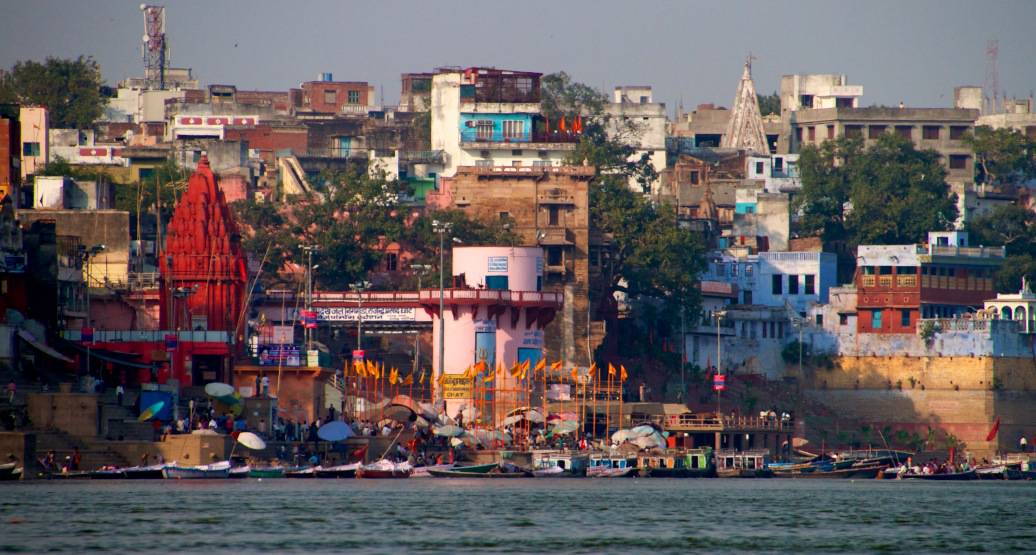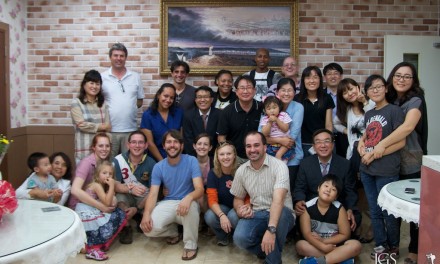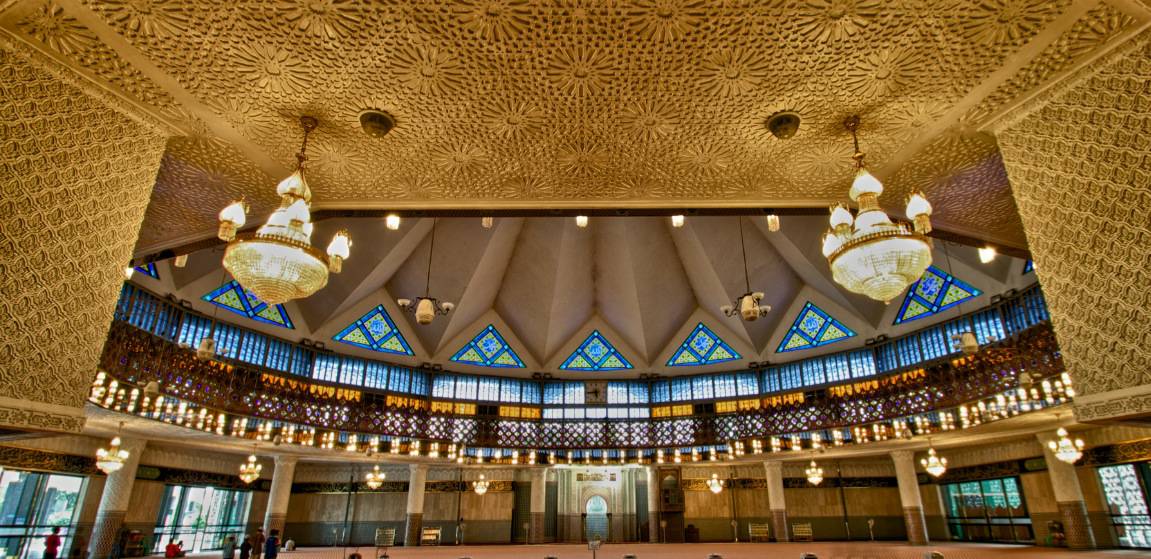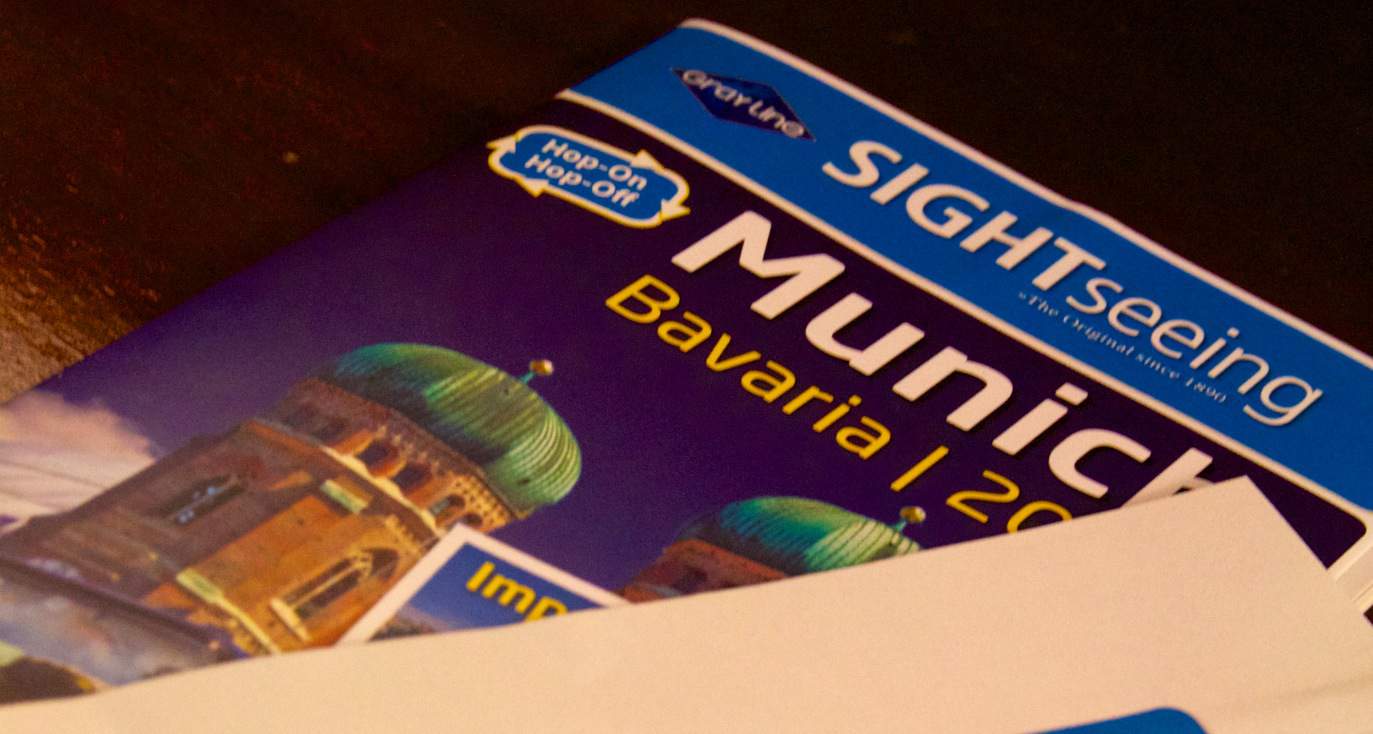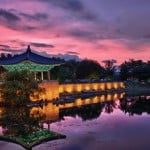We arrived in Varanasi from Kathmadu via a very long bus/taxi/rickshaw/train ride and checked into our hostel at almost midnight.
After a good night’s sleep, we headed up to meet our hostel owners and have some breakfast. Krishna, the hostel guy not the Hindu god, gave us the run of the city over eggs and toast.
We decided to book a full day tour of the city with Krisha for the following day, meanwhile taking care of some errands.
Our tour day started early as we made our way to the Ganges River for a sunrise boat ride. As you approach the Ganges, there are several things you will notice immediately. Although the Ganges is the holiest river in India, it isn’t treated very well. Garbage swells in every inlet and touts are everywhere trying to sell you some good karma. As Christians, we’re not too worried about karma, but found it funny when a girl became frustrated with us for not buying her flowers and stated, “Whatever. It’s your life.”
Cows are considered holy by Hindu people, and so are permitted to rome the whole of the country freely, including cooling off in the Ganges. Somehow, I always thought that was a myth, but I can assure you it isn’t. So, in the garbage filled river cows drift happily by.
As our boat driver rowed us silently up river, we approached one of several important places in the life of a devout Hindu. They are called Ghats, or more specifically “burning Ghats.” A Ghat is an embankment along the river, but a burning Ghat is basically a holy crematorium. As a tout told us vying for a guide job, “Burning is learning. Cremation is Education.” According to Hindu beliefs, reincarnation occurs over and over until a person dies in the holy city of Varanasi and is cremated at a burning Ghat along the Ganges river. Unless they have great Karma, this is the only way for a Hindu to finally reach Heaven.
You can see the smoke from the Ghats from several hundred yards away and as you get closer you can see the fires burning. Usually there are at least five bodies burning and several more families waiting with the body of their loved one. The families don’t seem sad at all and instead seem happy and relieved as they go about preparing the body and fire.
We were told that in some cases the bodies aren’t burned, but are simply rowed out to the middle of the river and unceremoniously dropped in. In those cases, the person can still reach heaven, even though they weren’t cremated. Examples include the bodies of children, pregnant women, victims of leprosy or snake bites, holy men and those who commit suicide. We did witness a body being loaded up onto a boat, but we got distracted by a guy trying to sell us something, and then we noticed the boat coming back to shore without the body. When we asked our boat guide about that, he said, “snake bite.”

So, let’s see what we’ve encountered so far. Trash, Cows, ashes and dead bodies… oh, and one more thing… people bathing in the river. Now, I know that this river is “holy,” but bathing in there? I’m quite sure I wouldn’t be caught dead in that river. 😉
After the sunrise river tour, we headed back to our hostel for breakfast. Then headed back out check out the rest of the city.
Our first stop was the largest university in the area, Banaras Hindu University. The university is beautiful and has a unique arched campus. The temple in the front serves as a place of worship for its students.
Next we headed to the Durga Temple, also known as the Monkey Temple. We love a good monkey temple! Hundreds of monkeys came to greet us and stalked everyone for food. Note: no cameras or bags allowed inside.
We visited a local silk factory where we watched as some workers used a loom to hand make embroidered bedding. We were taken to a shop and shown the beautiful silk products available to purchase. Sadly, we couldn’t fit any of the duvet covers into our backpacks. =)
Afterward, we were pretty tired due to our early start time, so we passed up another temple and headed back to our hostel.
The next day we boarded the Indian Railway for New Delhi.
Stay tuned for Part II of our Train Tour of Northern India.
See more of our picture from Varanasi in our SmugMug gallery here.
Travel Points:
Hotel: We stayed at the Sabh Laxmi Guest House in Varanasi. It’s truly a family run place. The food is great and the staff are extremely friendly and even game me a free Henna Tattoo. It’s not that clean, but what it lacks in cleanliness is makes up for in friendliness. The owner knows that the place is run down, and he’s working on it as he has the money to do so. Overall, we recommend it.
Transportation: Train trips can be booked online at cleartrip.com. Be warned, the trains fill up weeks in advanced and should be booked accordingly. For more information about the trains, including types of cars and train routes, check out seat61.com and click on India under the Asia category on the left.
Daily Budget: Our daily budget in Varanasi was around $40 (U.S.) for 4 nights and 3 1/2 days. This includes the following: hostel, taxi from the Nepal boarder to Gorakhpur, train from Gorakhpur to Varanasi, full day tour, all admissions and fees, rickshaws and food.

